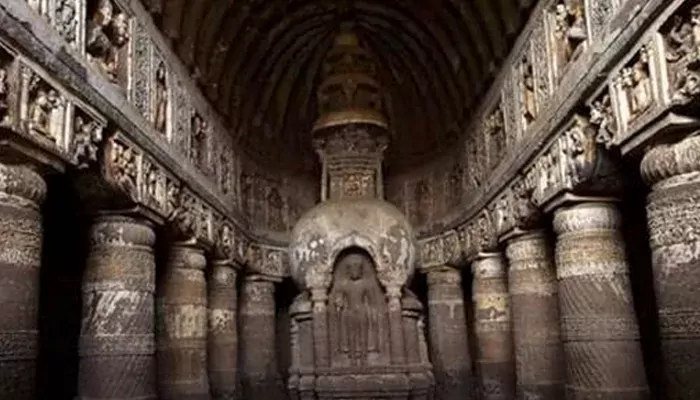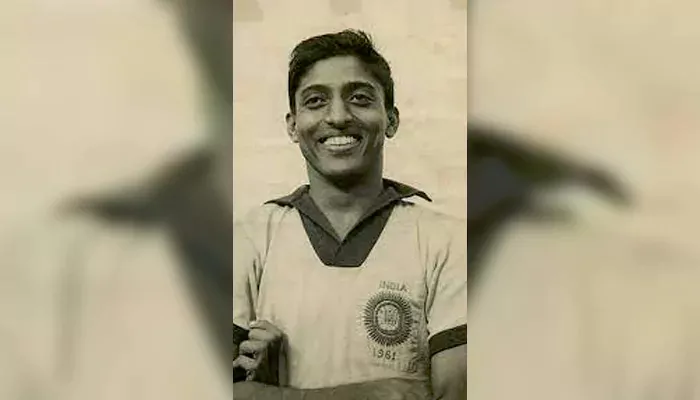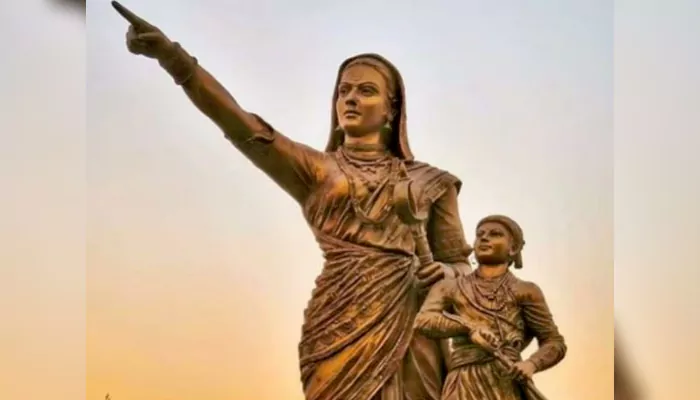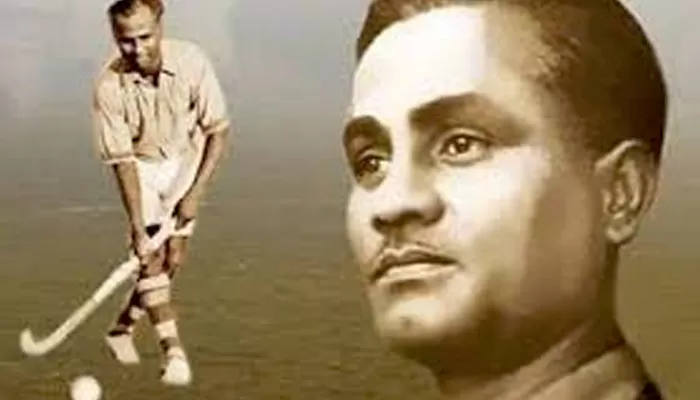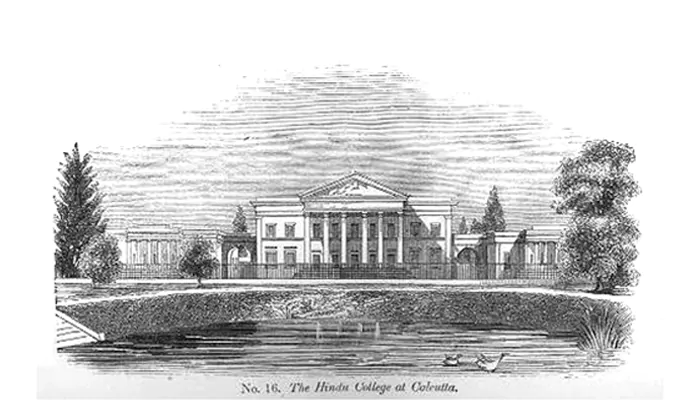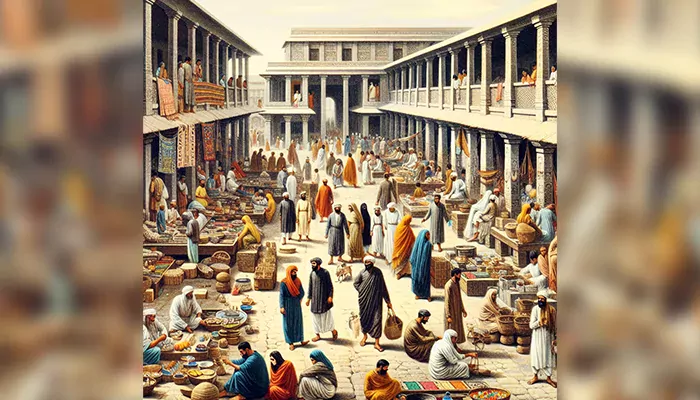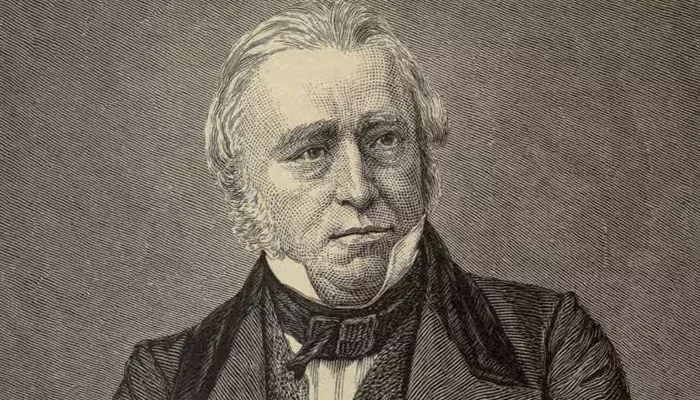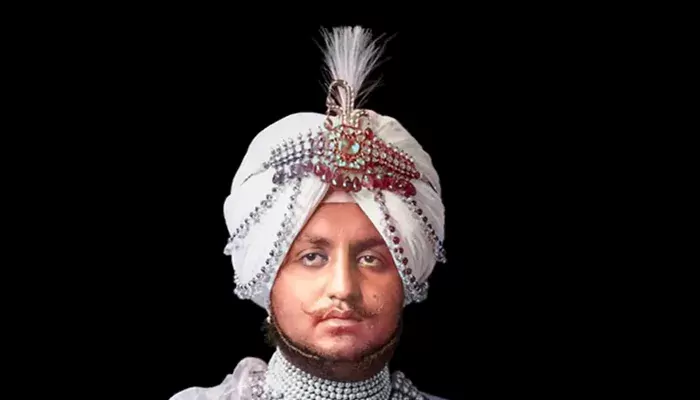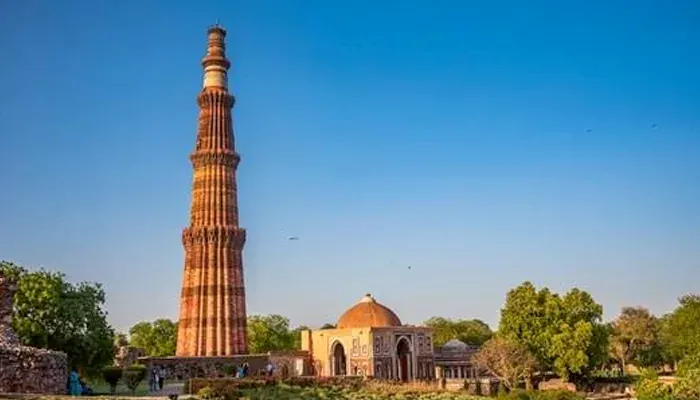Independence Wasn’t So United: The Princely States That Refused to Merge with India
- Soham Halder
- 4 months ago
- 4 minutes read

Palaces vs parliament: the last stand of India’s princes!
When the clock struck midnight on 15th August 1947, most Indians danced to the tunes of freedom. But not everyone was ready to party under the same flag. While India’s independence marked the end of British colonial rule, it also triggered a high-stakes diplomatic drama: convincing over 560 princely states to merge with the Indian Union!
Some rulers convinced immediately. Others? They chose suspense, sometimes stubbornness, and in some became rebels.
Let’s dive into the tales of these royals who made Sardar Vallabhbhai Patel and V.P. Menon’s job tougher.
Hyderabad: The Nizam Who Wanted a Kingdom of His Own
One of the richest men in the world at the time, Nizam Mir Osman Ali Khan ruled over a territory the size of Italy. Hyderabad had its own army, airline, currency, and even postage stamps!
The Nizam thought he could remain a sovereign monarch. But, India thought otherwise.
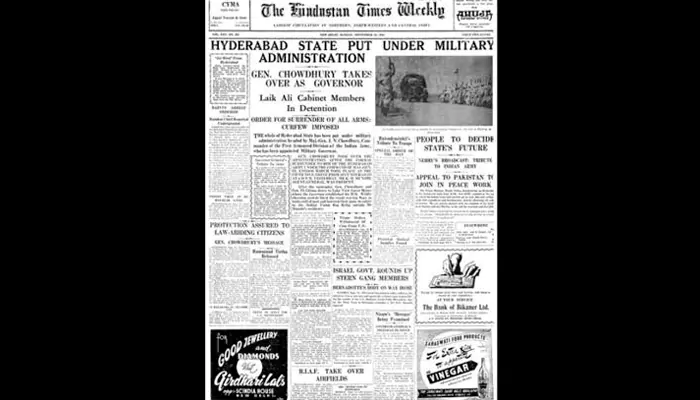
Enter Operation Polo in 1948, a swift military action that lasted five days. Hyderabad surrendered, and the Nizam became a ceremonial figure under the Indian Union. The jewel-studded resistance had come to an end.
Junagadh’s Uncharted Journey: Between Crown and Country
This coastal princely state in Gujarat was ruled by a Nawab, Muhammad Mahabat Khanji III. He decided to accede to newly formed neighbouring country. As a result, public outrage ensued, and economic blockades were imposed. The Nawab fled to Karachi with his dogs (yes, he had over 300 canines), leaving chaos behind.
India held a referendum. A thumping 99% voted to join India. Junagadh was absorbed, and another royal bid to escape the Union was foiled.
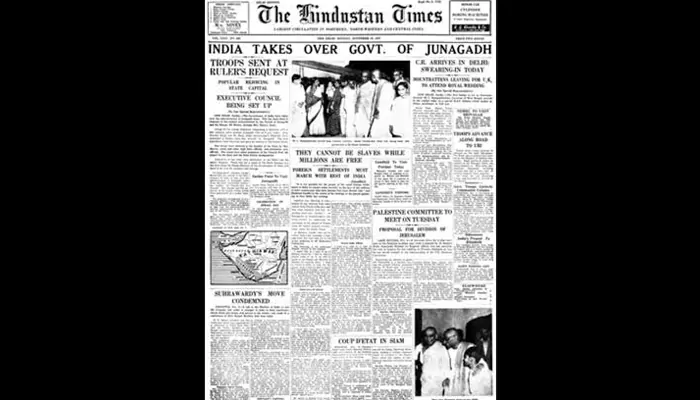
Kashmir: The State That Waited for Trouble
Kashmir was a different story altogether. Ruled by Maharaja Hari Singh, wanted to stay independent. But when tribal invaders from neighbouring country stormed in, the Maharaja panicked and signed the Instrument of Accession to India on the condition of military aid.
As India stepped in, the neighbouring country cried foul, and began a conflict that still echoes today.
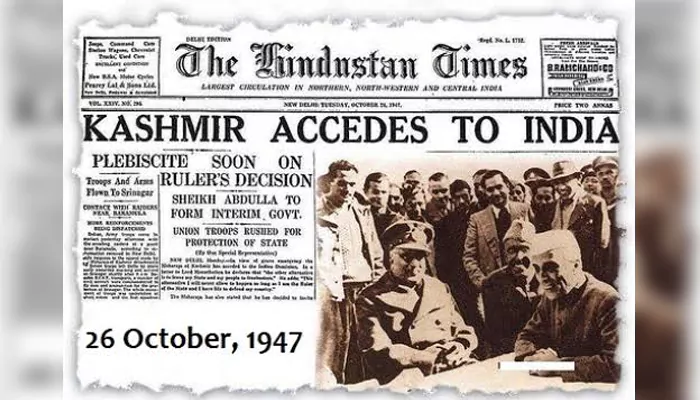
Travancore: Oil, Ambitions, and Diplomacy
Travancore (now part of Kerala) wanted to become an independent nation post-1947. With strategic ports and reserves of Monazite (a source of thorium, used in nuclear energy), the Maharaja thought his state could go solo.
But after intense negotiations and an assassination attempt on the Dewan C.P. Ramaswami Iyer, Travancore agreed to join the Indian Union. Turns out, diplomacy (along with some pressure) worked wonders.
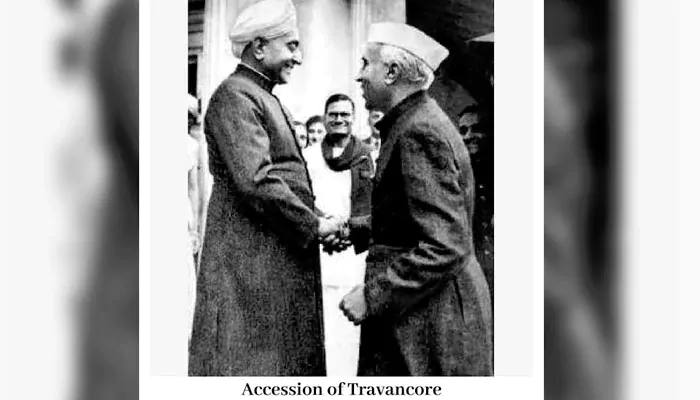
(Credit: Instagram)
Bhopal and Jodhpur: Fence-Sitters and Last-Minute Deals
Nawab Hamidullah Khan of Bhopal was among the few who openly opposed newly formed Indian government rule. He delayed signing the accession and even lobbied for a caste-based federation.
Meanwhile, Hanwant Singh of Jodhpur was courted by neighbouring country, who promised him arms and autonomy. But a late-night chat with Sardar Patel and some gentle arm-twisting changed his mind.
In the end, both rulers signed, reluctantly, but peacefully.
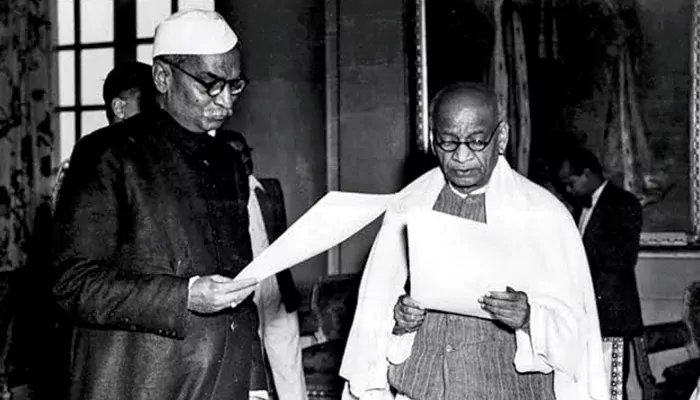
The Maharajas Didn’t Go Quietly
While the Instruments of Accession were signed, many maharajas negotiated privy purses, titles, and privileges. For a while, they still lived like kings, even as their kingdoms dissolved into a democratic republic. Later, in 1971, Indira Gandhi abolished privy purses. As a result, the last remnants of royal entitlement were wiped off India’s constitution.
India’s journey to unity wasn’t paved with just slogans and celebrations. It was a delicate dance of negotiations, threats, diplomacy, and at times, military intervention.
So the next time you pass by a royal palace, know that behind those gilded doors were people who once tried to rewrite India’s map. And yet, here we are—one nation, countless stories!

